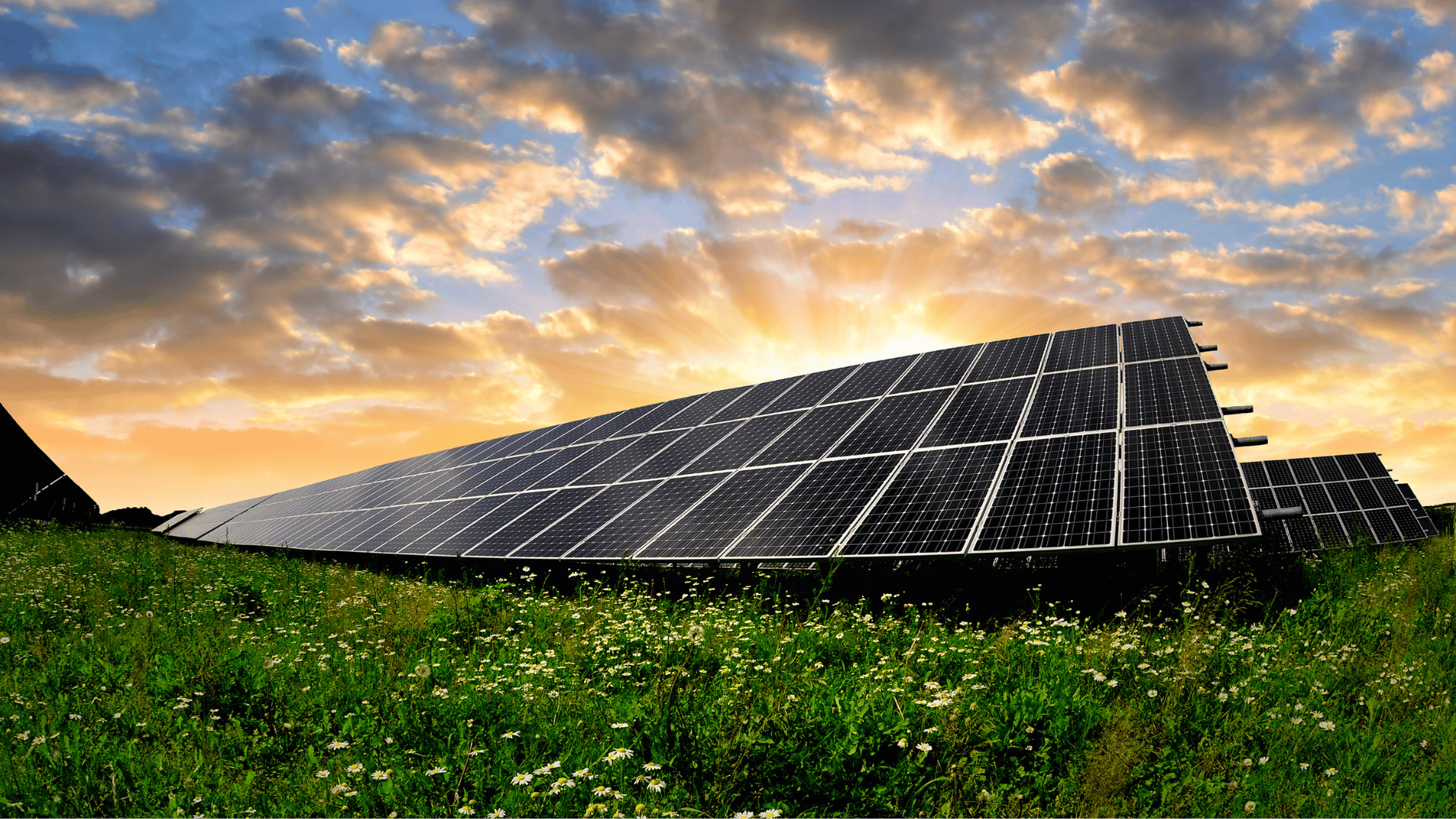Image: Canva.com
California has long been the national leader in solar installations, in part, thanks to a favorable net energy metering (NEM) policy that fairly compensated households for selling their excess solar energy back to the grid. Last year, the California Public Utilities Commission (CPUC) announced new rules for net metering, which is being described as “NEM 3.0.” NEM 3.0 has raised concerns about homeowners’ ability to derive value from their solar energy investments. While NEM 3.0 is undoubtedly less favorable to customers with solar, Californians can continue to receive significant energy cost savings by pairing it with a home battery.
Asking a homeowner in California – the state with the second most expensive average home price in the country – to spend money on another energy asset may seem like a tall order. However, investing in solar plus battery storage allows homeowners to store clean energy generated from their solar panels and use it whenever they want, including when energy from the grid is expensive. Batteries also enable households to export electricity to the grid during times of high energy demand, and utilities will provide significant compensation for this service. Furthermore, battery storage can unlock backup power in the event of grid outages and better supports the transition to renewable energy. Overall, homeowners stand to tap into a multitude of benefits, including generating value for the earth, their lives, and their wallets, by investing in battery storage.
Step I: Education
For us installers in the trenches, the complex net billing rate structures need to be accounted for when designing a system that meets a homeowner’s budget and needs. In the initial stages of the sales process, we need to provide homeowners with the context they need to evaluate the upfront cost of installing a solar system with an understanding of how they can maximize their payback period under NEM 3.0. Using intelligent design and proposal software, we show the homeowner what their system will look like on their home and crunch the numbers to show them how their system would power their appliances and maximize value for them through energy exports. We can easily add a battery to the system design to show homeowners how that shortens the payback period. In fact, a recent white paper on this topic shows that with solar and batteries, homeowners can expect bill offsets between 70% and 90% and a payback period between five and seven years for a cash system. That’s a great ROI for a system built to last 25 years or more!
Step II: Leveraging New Technologies
We were the first company to install Enphase’s IQ8 Microinverters in the Los Angeles area. This technology changes the game for solar-plus-storage, namely because the microinverter limits the sizing restriction on pairing a battery with a solar system. In other words, homeowners can afford to attach a smaller battery to their solar system – reducing the cost of the overall system – and still reap rewards from NEM 3.0. For many households, this key difference in system architecture brings solar and storage within reach.
In addition, home batteries on the market today are more advanced than ever. New, powerful batteries are modular to allow for customized systems that meet unique energy needs. Increased power enables you to get the most value out of your energy exports, and the ability to manage everything from your mobile app gives you the ultimate control.
Step III: Ushering in a Clean and Resilient Energy Future
Beyond NEM 3.0, there are other important factors homeowners should consider when evaluating the return on investment of adding a home battery to their solar system, such as energy independence, flexibility, and backup power.
The right home energy system can unlock energy independence for homeowners. As a company inspired by the idea of energy self-reliance from the day we opened our doors in 2010, we value technology that maximizes that possibility. Today, you can design a system that is built with your needs in mind, whether that means using as little grid power as possible, saving as much money as possible, preparing for outages, or a little bit of everything.
Regardless of the rate changes associated with NEM 3.0, solar-plus-storage is the necessary next step to move the energy future forward for everyone. In aggregate, home batteries have the power to form virtual power plants (VPPs), which provide utilities and grid operators with on-demand, locally produced energy. VPPs can help prevent grid outages for everyone and reduce the need for polluting fossil fuel power plants.
The adoption of home battery storage will help California reliably and economically transition to a more reliable, resilient, and renewable-powered power system. Home batteries are roughly where solar panels were about five years ago – just on the verge of bridging the chasm from early adopters to mass adoption. Just as earlier iterations of NEM incentivized wide-scale solar adoption in California, NEM 3.0 is a catalyst for the next wave of our clean energy future: solar-plus-batteries.
Read about the key solar incentives in California here.
Source: RealClear Energy





